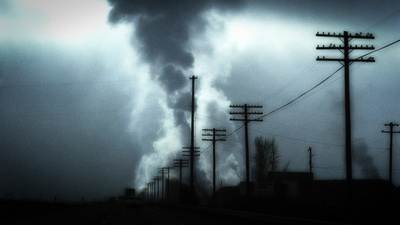|
I hope you find something within the writings of this blog that will educate, inspire, or if nothing else ... make you laugh. And with any luck, the things that make you laugh will not be the things that I intended to educate or inspire. - Mike Snap Shot vs. Photograph
Excerpt from Photography in Worship … the art and science of iconic imagery.
Snapshots are the pictures we take to remember a moment in time. A vacation or a birthday party. Christmas at Mom’s or your daughter’s graduation. There are an infinite number of
So why am I differentiating between a snapshot and a photograph? I suppose what I am actually addressing here is the intent behind the image. Of course a photograph can do all the same things that a snapshot can do, but I tend to believe that a lot more thought and planning goes into a photograph. There is a sense of the desired image when composing and taking a photograph that really doesn’t exist in what I would call a snapshot. There is a sense of art in the photograph.
The difference between snapshots and photographs is why even pro shooters will often carry a small pocket camera with them to grab shots without having to put a lot of thought into what needs to happen with the camera. The truth is that many of the elements of composition will remain the same no matter what you are shooting with, and great photographers will get great shots with a disposable camera, if that is what they happen to be holding. The goal of a great point-and-shoot camera, and ultimately a great snapshot, is this: you want it in focus, you want it exposed correctly, and you don’t want to have to think about it. That is why they are called “point and shoot” cameras, after all.
When taking a photograph, on the other hand, photographers will tend to want a camera that does less of the thinking for them, giving them direct control over the parameters and tools of photography. They want to directly influence what the camera is doing. In reading this book, you will discover the incredible amount of control you have over your camera, and how a shot will ultimately turn out. The downside is that the less the camera does for you automatically, the more you will need to understand the science of what is taking place. You will need to understand how to manipulate your camera’s controls and settings.
Don’t let the word “science” scare you. The subtitle of this book is “The art and science of iconic imagery,” and the entire point is to show you that for every artistic demand a shot places on you as a photographer, there is a tool on your camera that will let you achieve it. These tools allow you to interact with your camera and control how it will respond to the scene laid out before you. In this book you will learn to craft your art through a command of these tools.
Newer Posts »
© mike overlin PHOTOGRAPHY
|


